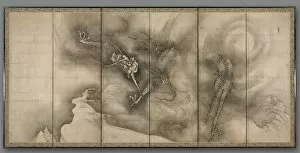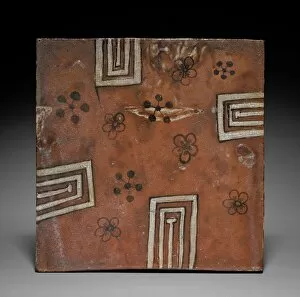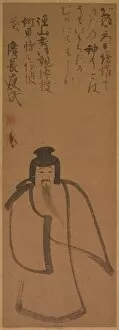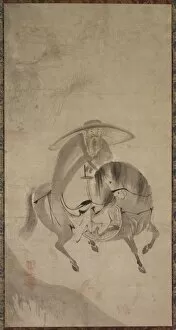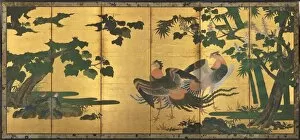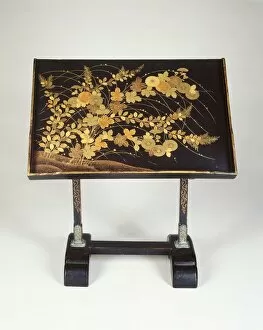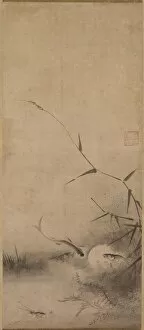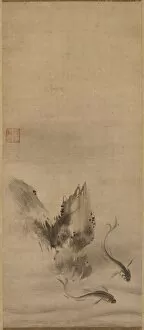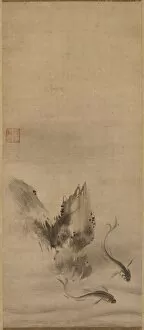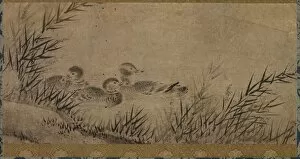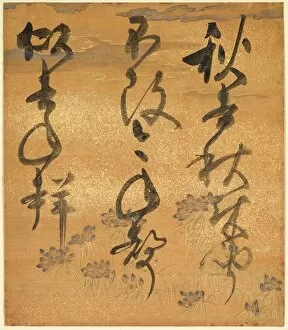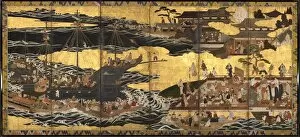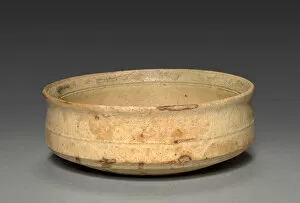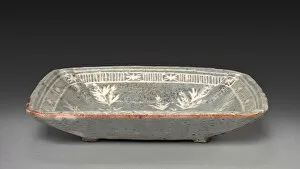1573 1615 Collection
"Exploring the Artistic Treasures of 1573-1615
All Professionally Made to Order for Quick Shipping
"Exploring the Artistic Treasures of 1573-1615: A Journey through Japanese Masterpieces" Immerse yourself in the enchanting world of late 16th and early 17th-century Japan, where art flourished and creativity knew no bounds. Delve into a realm where birds, trees, and flowers come alive on canvas, courtesy of Kano Shoei's masterful brushstrokes. These delicate depictions transport us to a time when nature was revered as a source of inspiration. Sesson Shōkei takes us further into this captivating era with his mesmerizing works. Witness the fierce power emanating from his portrayal of dragons and tigers—a testament to his exceptional talent as an artist. The tiger alone stands as a symbol of strength and courage during these tumultuous times. Marvel at the exquisite Red Oribe Ware tile—an artifact shrouded in mystery—its creator unknown but its beauty undeniable. This platform for tea ceremonies in summer invites you to imagine sipping fragrant brews amidst serene surroundings, transported back centuries ago. Kano Shoei returns with "The Four Accomplishments, " showcasing his versatility across various artistic domains—painting, calligraphy, music, and chess—all essential skills for cultured individuals during this period. Join Konoe Nobutada on an imaginary voyage as he depicts Tenjin Traveling to China—a visual narrative capturing historical connections between Japan and its neighboring country. Feel the excitement pulsating through each stroke as cultural exchange unfolds before your eyes. A Seated Priest emerges from anonymity—a silent observer bridging generations with wisdom passed down through time. His presence reminds us that spirituality played a significant role in shaping society during this transformative era. Reietsu introduces Su Dongpo Riding a Donkey—an endearing scene reflecting everyday life during late 16th to early 17th century Japan. This artwork transports us beyond mere aesthetics; it offers glimpses into the customs and traditions of a bygone era.


